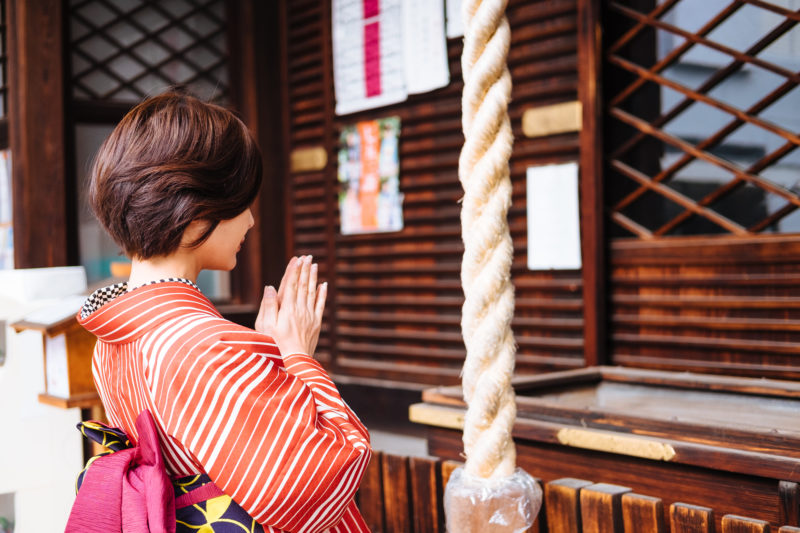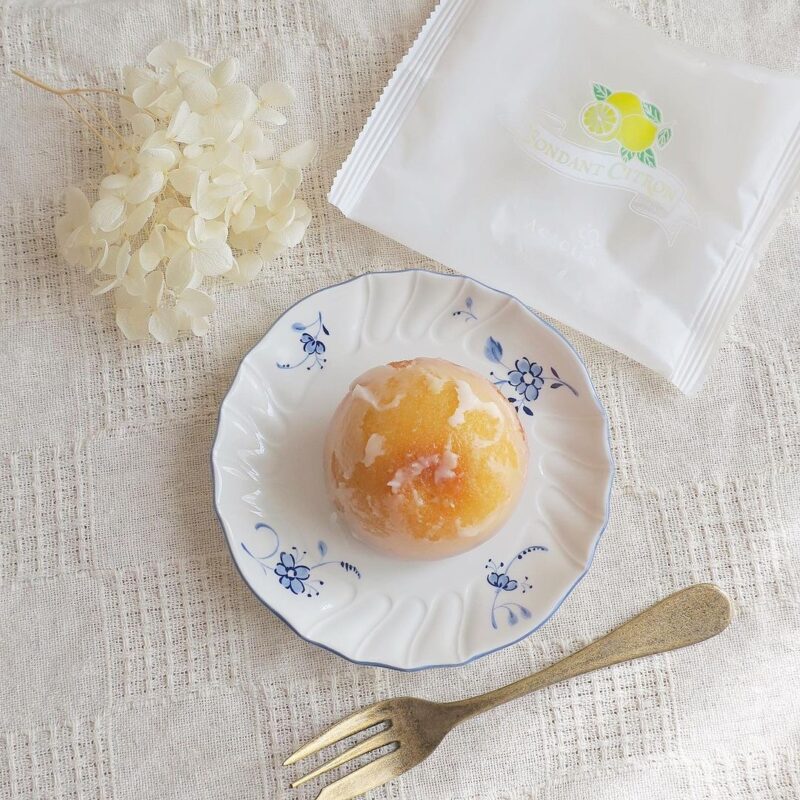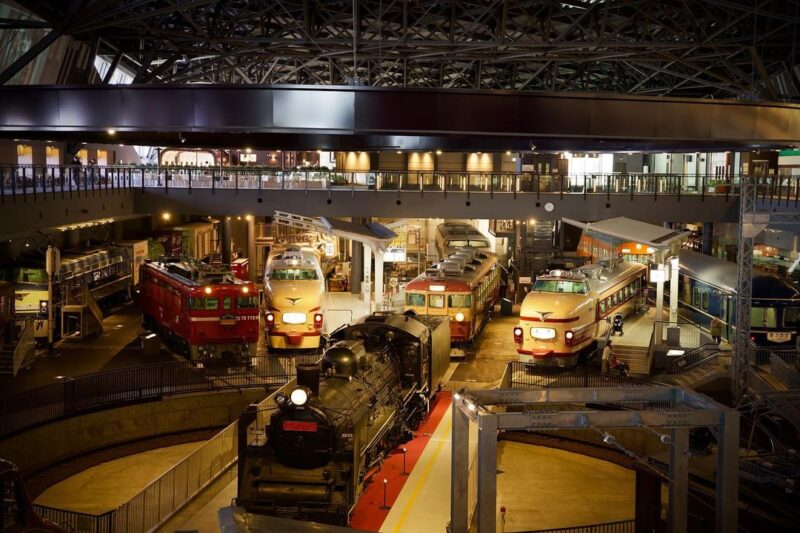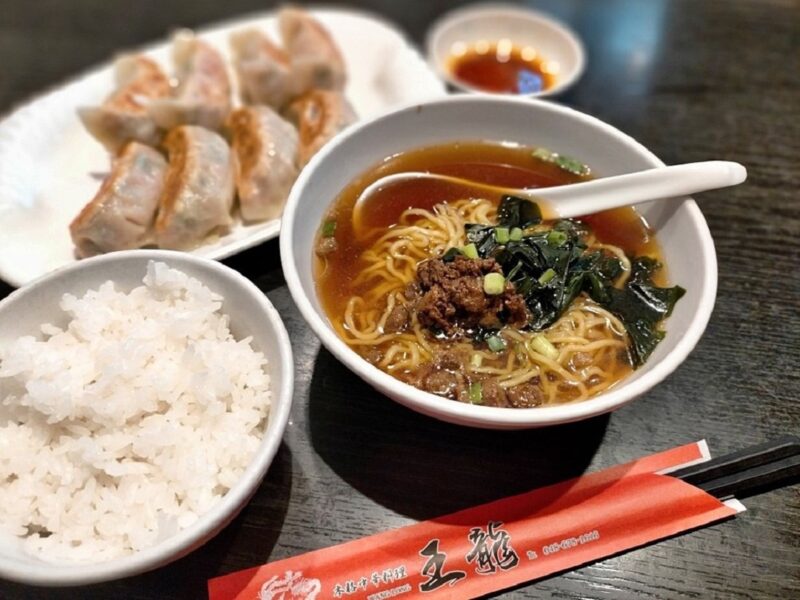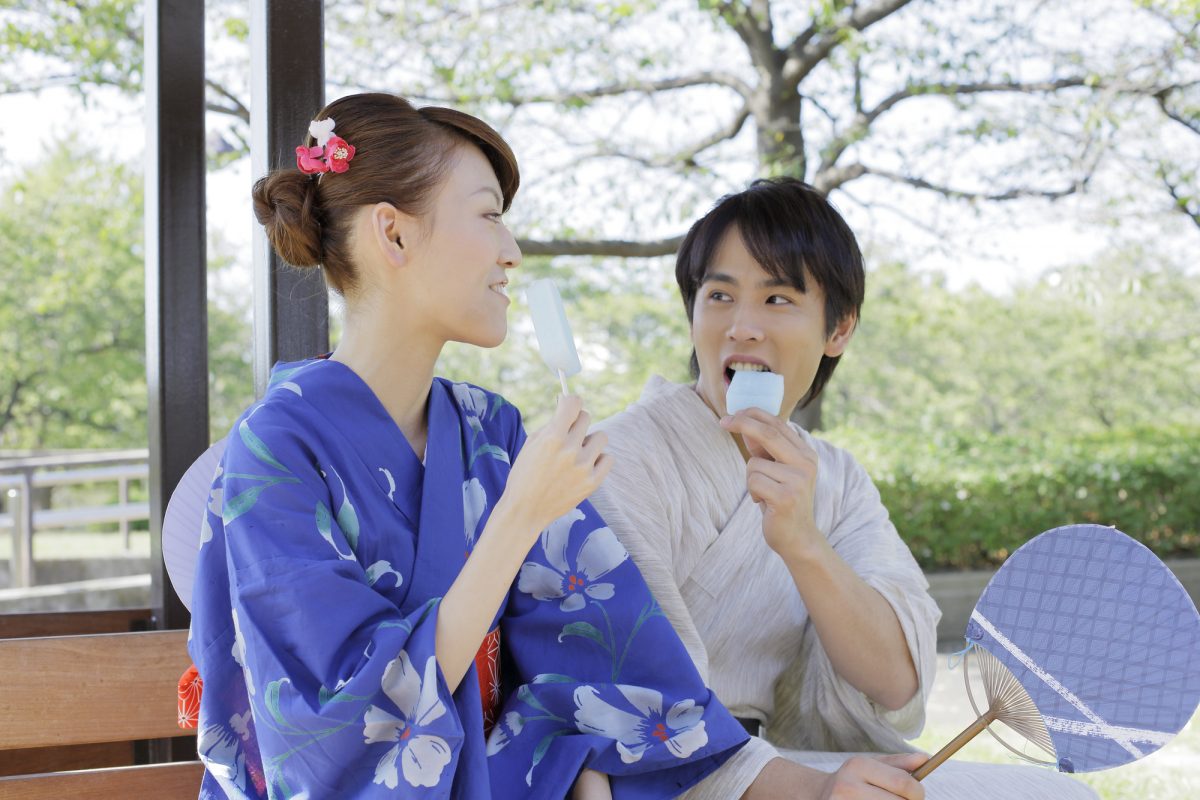Day Trip Itinerary for Saitama’s Urawa and Kitaurawa Area to Treat Yourself with Art & History
Why not take a short break away from the busy area of the city for fulfilling your body and mind? Since it’s still difficult to have fun in a group of people, it is now the best time for you to purposely choose a lovely place close to the city center and have a leisure walk alone. Even in the Greater Tokyo area, there are places you can find yourself relaxed and healed emotionally and physically. In this issue, let us introduce some sites of Kitaurawa area where you can enjoy a casual getaway by leisurely strolling from Urawa area, which is conveniently accessible from the city center of Tokyo.
We will introduce the walking route from Urawa Station and Kitaurawa Station. Urawa Station is only a 3-minute ride on JR Keihin-Tōhoku Line (JK) from Kitaurawa Station, which is the closest one to Urawa Washington Hotel.
“Tsuki-jinja Shrine” welcomed by the rabbit, a divine messenger of the moon
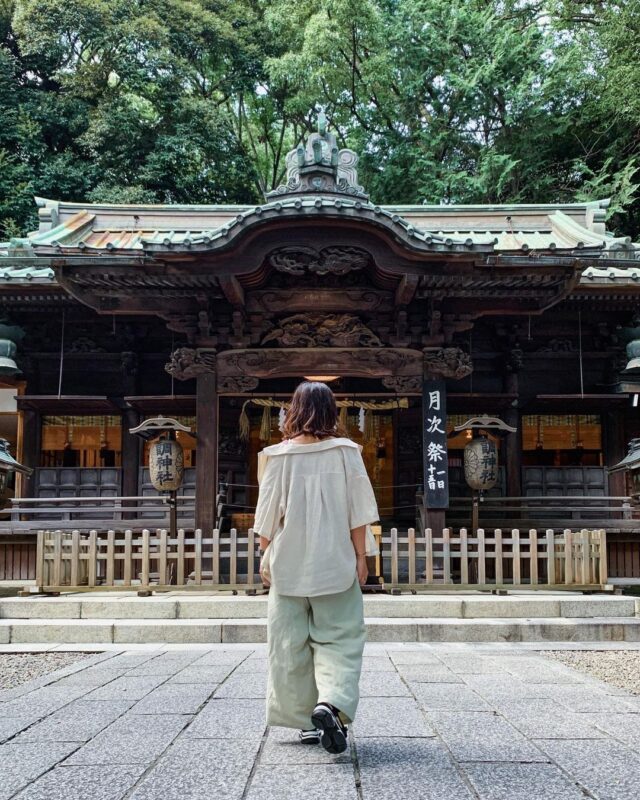
At “Tsuki-jinja Shrine” (調神社), there is no Torii (shrine gate), and instead of Komainu (guardian dogs) that are normally placed at the entrance of a shrine, there are rabbits. Though Amaterasu Omikami (天照大神, Sun Goddess), Toyoukebime-no-Kami (豊宇気毘賣神, Goddess of Huge Harvest) and Susanoo-no-Mikoto (素戔嗚尊, God of Braveness) are enshrined, it is said that rabbits (rabbits have been believed as deities of the moon in Japan) became the guardian deity because the pronunciation of this shrine’s name ‘Tsuki’ is the same as that of the Japanese word meaning the moon. Since ‘tsuki’ also means ‘luck’, supporters of Urawa Reds, the local professional soccer team, visit here for the winning luck at the beginning of every year. When strolling around in the precincts, don’t forget to look for rabbits. If you’re good at finding them, you’ll see them in various shapes in many corners, such as the sculptures of the Chozuya (purification fountain) and the shrine, at the lanterns, or in the pond. Be sure to get the Goshuin (御朱印, seal stamp given to worshippers) when you’ve finished your worship. Rabbit-designed Goshuin can be given by 500 yen and the cute notebook for Goshuin with rabbit embroidery can be given by 2,000 yen together with the Goshuin.
| Visiting Hours | 24 Hours |
| Address | 3 Kishicho, Urawa-ku, Saitama City, Saitama Prefecture |
| Access | A 10-minute walk from Urawa Station |
| URL | https://www.stib.jp/saitamacity-visitorsguide/spots/tsuki/ |
“Kitaurawa Park” where you can stroll while appreciating a number of artistic sculptures
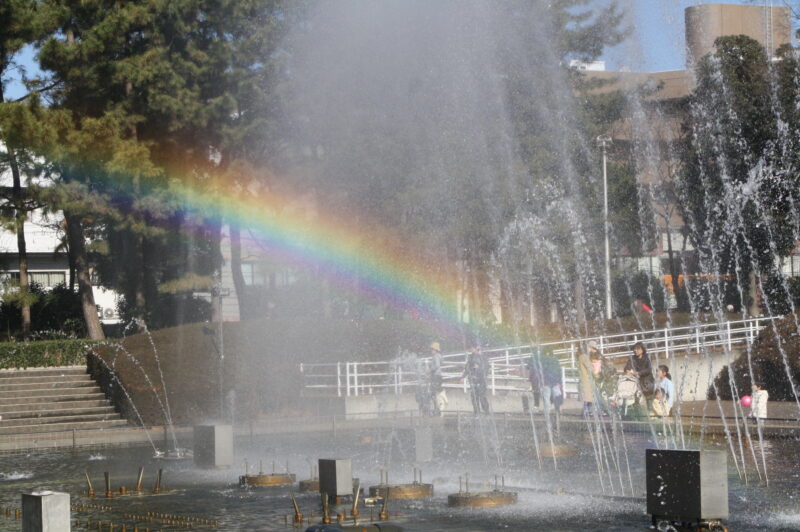
Take the JR Keihin-Tōhoku Line from Urawa Station, and when you arrive at Kitaurawa Station, visit “Kitaurawa Park”(北浦和公園). On the site of it, a park full of three-dimensional art such as ‘It is breezing’ (風の中で) by Kozo Nishino (西野康造, 1951-) who has the shape of a huge saxophone, there are also ‘The Urawa Kyokeikan Traditional Culture Center’ (浦和伝統文化館恭慶館) overlooking the Japanese garden, and “The Museum of Modern Art, Saitama” (MOMAS, 埼玉県立近代美術館). A room in the Nakagin Capsule Tower Building (中銀カプセルタワービル), a masterpiece representing Metabolism (an architectural movement in Japan after the World War II that suggesting cities and architecture that grow organically in response to social changes and population growth) of architect Kisho Kurokawa (黒川紀章, 1934-2007), has been relocated to the sculpture square (彫刻広場) that surrounds the museum. It’s an object that gives you a glimpse of embodied ideas to the city planning in the era of high economic growth. At the music fountain in the center of the park, you can enjoy a unique show every two hours with water blowing up in various shapes to classical music such as Humoresque and Waltz of the flowers. It is also recommended to take a walk at night since the fantastic scenery is given by lighting up.
| Opening Hours | 24 Hours |
| Address | 9 Tokiwa, Urawa-ku, Saitama City, Saitama Prefecture |
| Access | A 3-minute walk from Kitaurawa Station |
| URL | https://www.pref.saitama.lg.jp/shisetsu/koen/005.html |
Get inspired by well-designed chairs and masterpieces at “The Museum of Modern Art, Saitama”
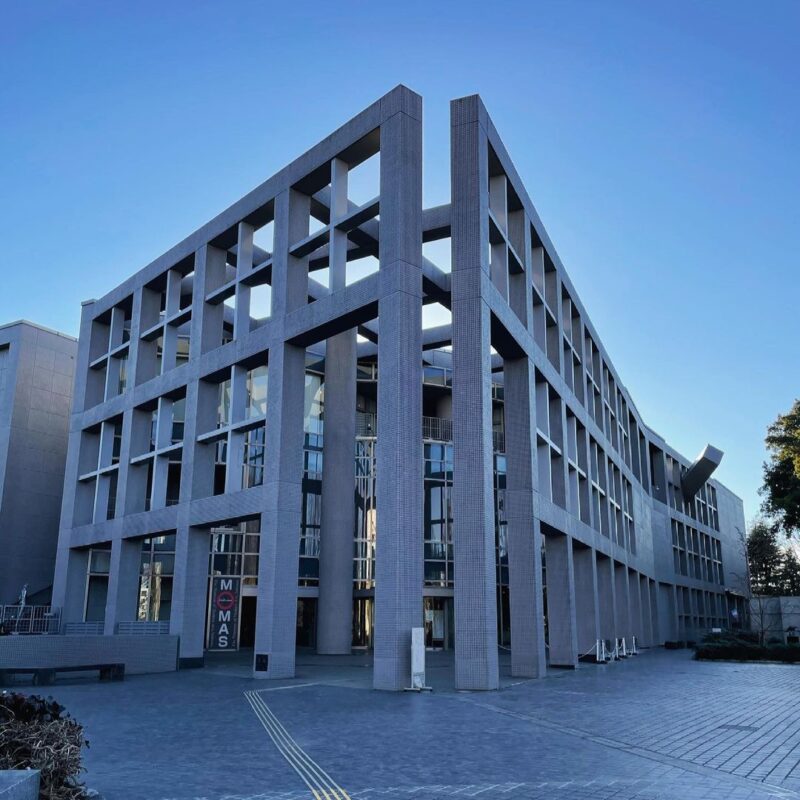
At “The Museum of Modern Art, Saitama”(MOMAS, 埼玉県立近代美術館) opened in 1982, a comprehensive museum with the concept of ‘nurture sensitivity, creativity and communicative ability’ housing approximately 2,400 works of art, including Monet’s ‘Grainstacks at Giverny; the Evening Sun’ (ジヴェルニーの積みわら、夕日). In addition to masterpieces of Chagall, Picasso and Léonard Tsuguharu Foujita (藤田嗣治, a Japan-born French painter, 1886-1968), many works by artists related to Saitama Prefecture such as Hakuyo Kurata (倉田白羊, a western-style painter at Urawa, 1881-1938) are also exhibited. As the museum is also known as the ‘Museum of Chairs’, you can not only appreciate the well-designed chairs designed by Marcel Lajos Breuer and Sori Yanagi (柳宗理, an industrial designer, 1915-2011) but also actually experience the comfort of sitting. On the ground floor of the museum, there is ‘Restaurant Peperone’ (ペペロネ美術館) serving dishes and desserts inspired by Italian and French Mediterranean cuisine, so it is also nice to visit when you feel like a break with some snacks and a cup of coffee or tea.
| Opening Hours | 10:00AM – 5:30PM / Closed on Monday, New Years Holiday, days for maintenance *Refer to its official website for details |
| Admission | Adult 200 yen / Student (university, college and high school) 100 yen |
| Address | 9-30-1 Tokiwa, Urawa-ku, Saitama City, Saitama Prefecture |
| Access | A 3-minute walk from Kitaurawa Station |
| URL | https://pref.spec.ed.jp/momas/English |
“Tsuki-jinja Shrine” welcomed by the rabbit, a divine messenger of the moon

At “Tsuki-jinja Shrine” (調神社), there is no Torii (shrine gate), and instead of Komainu (guardian dogs) that are normally placed at the entrance of a shrine, there are rabbits. Though Amaterasu Omikami (天照大神, Sun Goddess), Toyoukebime-no-Kami (豊宇気毘賣神, Goddess of Huge Harvest) and Susanoo-no-Mikoto (素戔嗚尊, God of Braveness) are enshrined, it is said that rabbits (rabbits have been believed as deities of the moon in Japan) became the guardian deity because the pronunciation of this shrine’s name ‘Tsuki’ is the same as that of the Japanese word meaning the moon. Since ‘tsuki’ also means ‘luck’, supporters of Urawa Reds, the local professional soccer team, visit here for the winning luck at the beginning of every year. When strolling around in the precincts, don’t forget to look for rabbits. If you’re good at finding them, you’ll see them in various shapes in many corners, such as the sculptures of the Chozuya (purification fountain) and the shrine, at the lanterns, or in the pond. Be sure to get the Goshuin (御朱印, seal stamp given to worshippers) when you’ve finished your worship. Rabbit-designed Goshuin can be given by 500 yen and the cute notebook for Goshuin with rabbit embroidery can be given by 2,000 yen together with the Goshuin.
Base of this trip
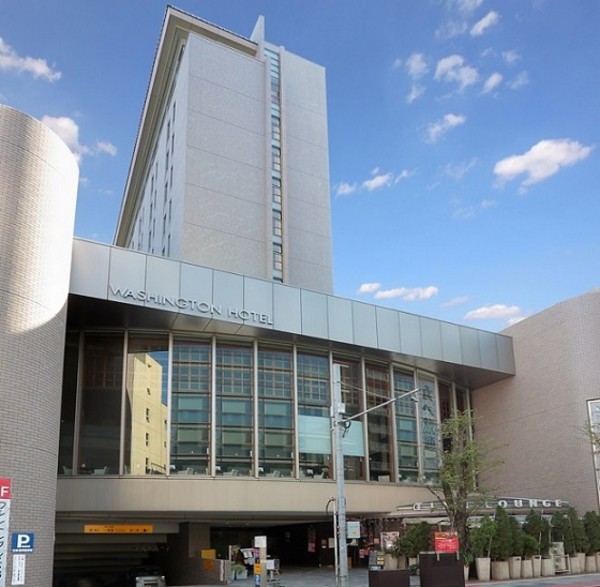
Urawa Washington Hotel
3-min walk from Urawa station
